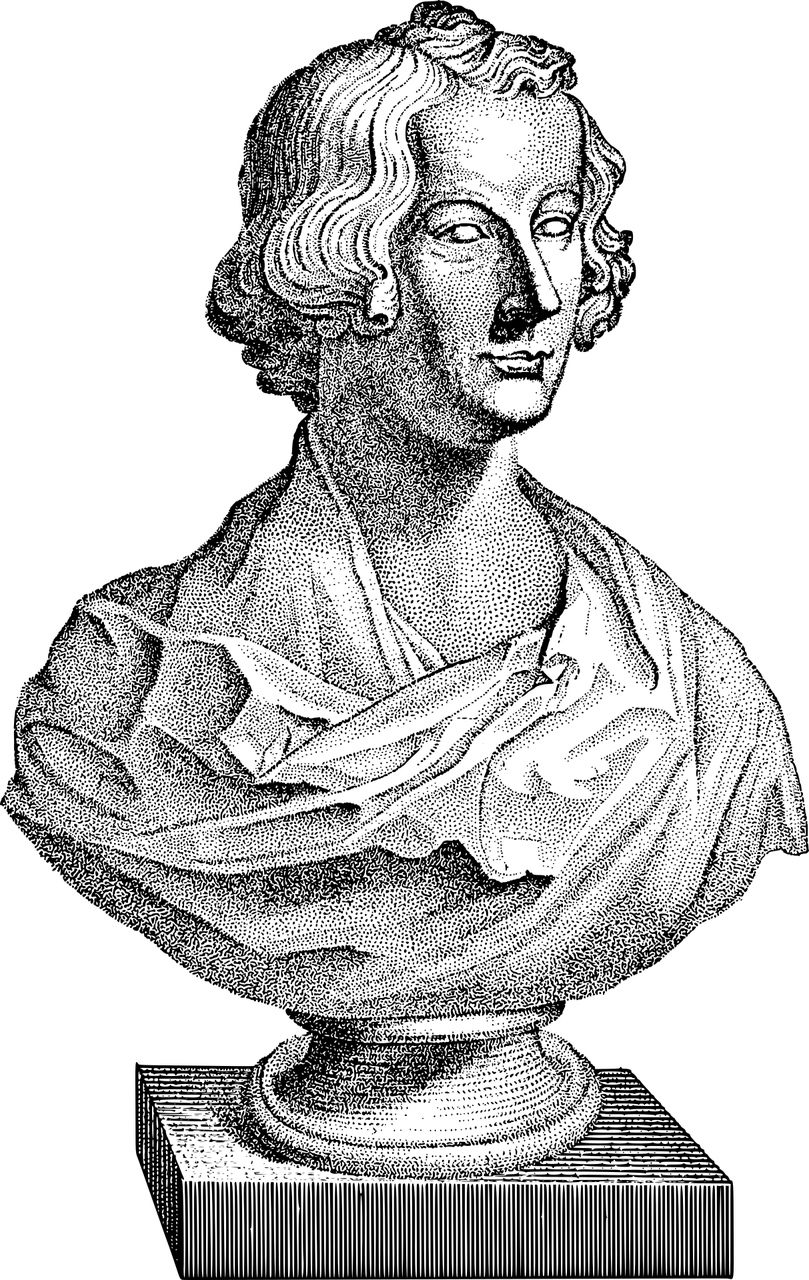The Raven: An Enigmatic Masterpiece by Edgar Allan Poe

Introduction:
“The Raven” by Edgar Allan Poe is undoubtedly one of the most well-known and influential poems in the world of literature. With its hauntingly beautiful language and dark themes, this poem has captured the imagination of countless readers for generations. In this article, we will explore the significance of “The Raven” and delve into its historical development, providing a comprehensive overview for art enthusiasts and collectors alike.
Part 1: Understanding “The Raven”

“The Raven” is a narrative poem that revolves around the protagonist’s descent into madness following the death of his beloved Lenore. Poe expertly creates an atmosphere of suspense and dread through his use of vivid imagery and rhythmic repetition. The poem highlights themes of grief, loss, and the human psyche’s fragile nature.
Key Points to Note:
– The poem was first published in 1845 and had an immediate and profound impact on the literary community.
– Poe’s unique and innovative writing style, characterized by its melancholic tone, made “The Raven” a landmark piece in American literature.
– The raven itself serves as a symbol of death and melancholy, haunting the protagonist’s thoughts and exacerbating his emotional turmoil.
– The poem’s structure, consisting of 18 stanzas with six lines each, contributes to its rhythmic flow, capturing the reader’s attention from start to finish.
Part 2: Historical Development of “The Raven”
Over time, “The Raven” has evolved beyond its original publication, becoming a cherished piece of art that has been interpreted and celebrated across various mediums.
Key Points to Note:
– “The Raven” garnered immense popularity during Poe’s lifetime, with readers immediately recognizing its genius.
– The poem became associated with the dark romanticism movement of the 19th century, further solidifying its significance in literary history.
– The poem’s universal themes of grief and madness have resonated with audiences across the globe, leading to numerous translations in different languages.
– “The Raven” has inspired countless adaptations, including films, plays, and even musical compositions, attesting to its enduring legacy.
Part 3: The Cultural Impact of “The Raven”
“The Raven” has left an indelible mark on popular culture, permeating the realms of art, music, and film. Its influence can be seen in various forms, showcasing the enduring relevance of Edgar Allan Poe’s masterpiece.
Key Points to Note:
– Many renowned artists have found inspiration in “The Raven.” Paintings capturing the essence of the poem’s themes and illustrations depicting key scenes have become sought-after collectibles.
– Numerous composers have paid homage to “The Raven” through musical adaptations, adding a new dimension to the poem’s evocative power.
– The poem’s enigmatic yet relatable characters have been brought to life in film adaptations, captivating audiences with their portrayal of anguish and despair.
Conclusion:
“The Raven” by Edgar Allan Poe remains an artistic masterpiece that continues to captivate audiences with its haunting beauty. From its initial publication to its enduring influence in various art forms, this poem stands as a testament to Poe’s literary genius and his ability to evoke deep emotions within his readers. Whether you are a seasoned collector or a newfound art enthusiast, exploring the world of “The Raven” is a journey well worth embarking upon.
References:
– Poe, Edgar Allan. “The Raven.” 1845.
– Bynum, Joel. “The Ravens Revenge: Edgar Allan Poe turns 209”. 2014. Smithsonian.com.
– Shmoop Editorial Team. “The Raven”. Shmoop. 2008.
– Silverman, Kenneth. “Edgar A. Poe: Mournful and Never-ending Remembrance”. 1991. Harper Perennial.